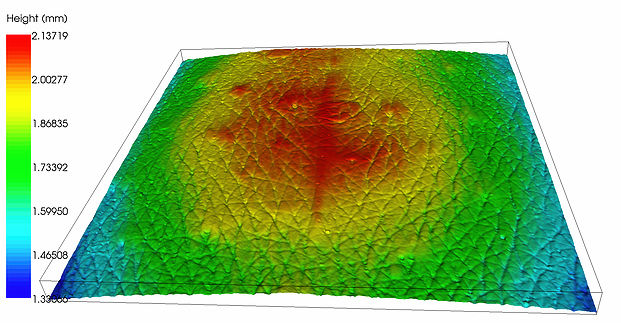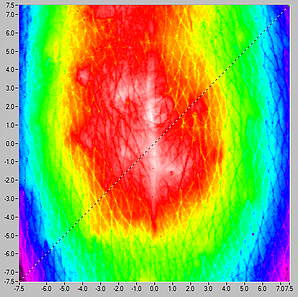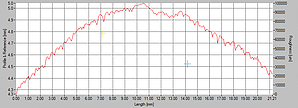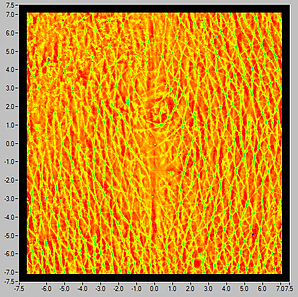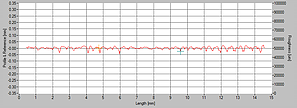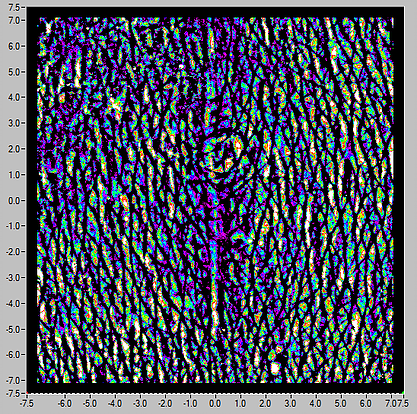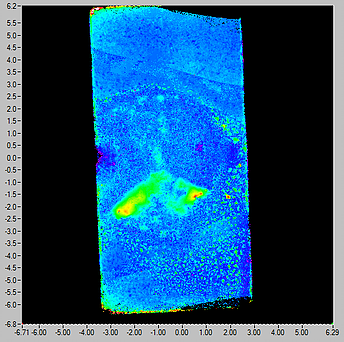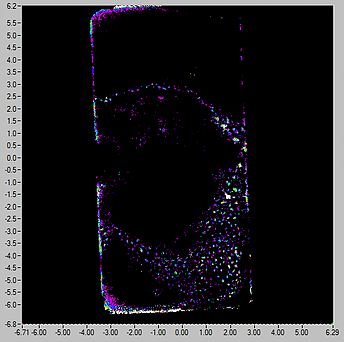MEASURING SKIN
Filtering Surfaces for Textural Analysis. Where there exist textures, repeating units or structures it is often illuminating to characterise those units quantitatively. Features could be defects on a machined surface or microstructures designed to encourage turbulence at the microfluidic scale.
In this case we have an impression of human skin. Quantifying the structure of the rhytides (wrinkles) in the corneum (upper most layer of dead skin cells) serves as a metric in showing the course of disease or performance of a cosmetic treatment.
Roughness as a measure of the skin texture is useful but it is only a measure of the variation in the surface amplitude. Using a structure analysis tool adds spatial characterisation of a pattern. Fewer and less pronounced wrinkles show skin that appears younger and healthier. Applying the BODDIES CELL ANALYSIS tool the features can be automatically characterised and a full report generated automatically.
Initially a short pass filter is applied to remove the highly curved form and align the features of interest. It is now possible to clearly see the patterning and the distribution of the rhytides.
By separating these regions into “islands” the individual features can be automatically identified and characterised. In this case 180 “cells” have been identified with an average area of 0.338mm2 and the average rhytide depth is 23.35um
The same technique can be applied to many types of surfaces and other parameters can be extracted such as radius of curvature of peaks or volume of features. Automatic report generation also mathematically defines the position and dimensions of each cell for incorporation in further surface analysis or incorporation into modelling the behaviour of the surface.
